The History Of Zero And Its Connection With Ancient Indian Text
Harin - Jun 20, 2019
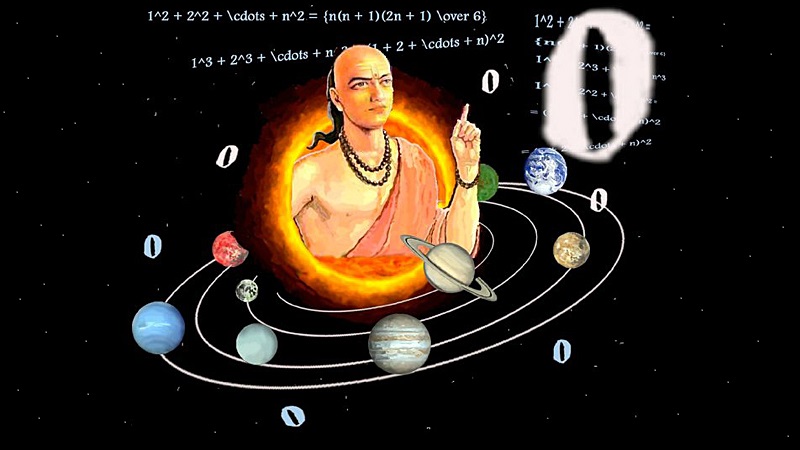
An ancient text called the Bakhshali manuscript which is now stored at the University of Oxford's Bodleian library has pushed the origin story of zero back by 500 years.
- A Math Formula Tells Us How Long Everything Will Live
- Shakuntala Devi Awarded Guinness World Records’ Fastest Human Computation Certificate After 40 Years
- This Magical Number Will Help You Find A Parking Space, The Perfect Apartment, And Even A Suitable Spouse
Probably everyone knows the symbol “0” but not everyone is certain about its origins. Mathematics’ history is about to be written as with recent carbon dating, the history of zero is now pushed back by 500 years.
The numbers were spotted in the Bakhshali manuscript, which is an ancient Indian text consisting of 70 birch bark leaves filled with text and mathematics in Sanskrit form. Marcus du Sautoy from the University of Oxford says “It seems to be a training manual for Buddhist monks.”
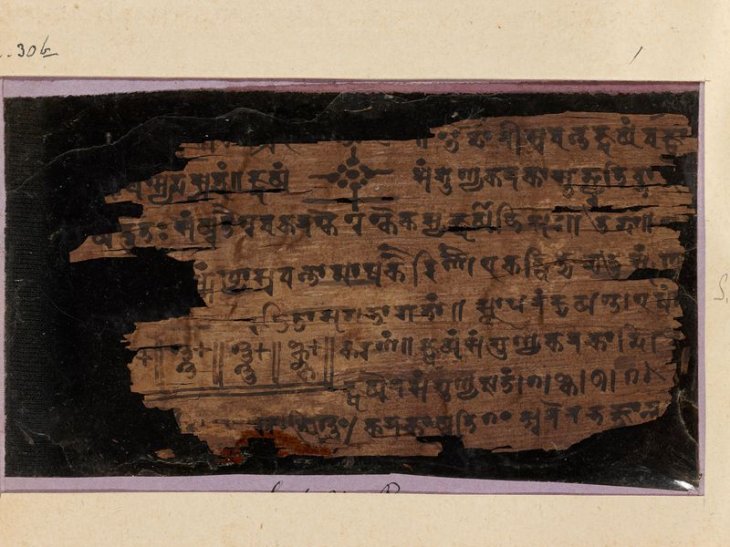
In 1881, a local farmer was the first to discover the manuscript. After its discovery, the manuscript was given the name of the village where it was found which is now in the territory of Pakistan. Since 1902, the manuscript has been in possession of the Bodleian library at the University of Oxford.
For the first time ever, scientists have decided to carbon date the manuscript, which has immediately changed some commonly held beliefs. Originally, the history of the manuscript was thought to date back to the 9th century. But with the dating methods, the oldest pages were revealed to be from somewhere in between 224 AD and 383 AD.
Basically, this means that the manuscript preexisted the inscription of zero from the 9th century on a temple’s wall in Gwalior, India, which was thought to be the oldest example of a zero ever recorded.
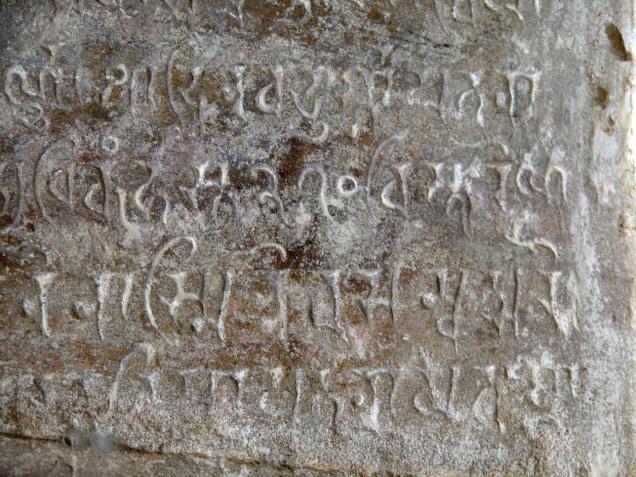
As expected, the early-version zero did not share the same appearance as the one we use today. To begin with, it didn’t have a donut shape. Across the text in the manuscript, hundreds of zeros were represented using a dot. This exact dot later evolved into the symbol with a hole inside that we know of as a zero today. The dot was used like a placeholder, similar to how the “0” is seen in 505 to signal that there aren’t any tens. However, the dot was not considered as a number yet.
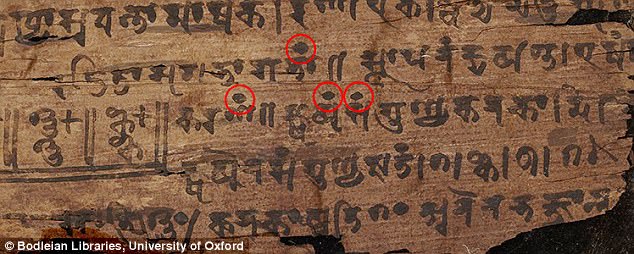
The text’s translations suggest that the manuscript was some kind of a manual made for merchants or monks that traveled across the Silk Road. It included algebra’s early version as well as a whole lot of practical arithmetic exercises.
du Sautoy said:

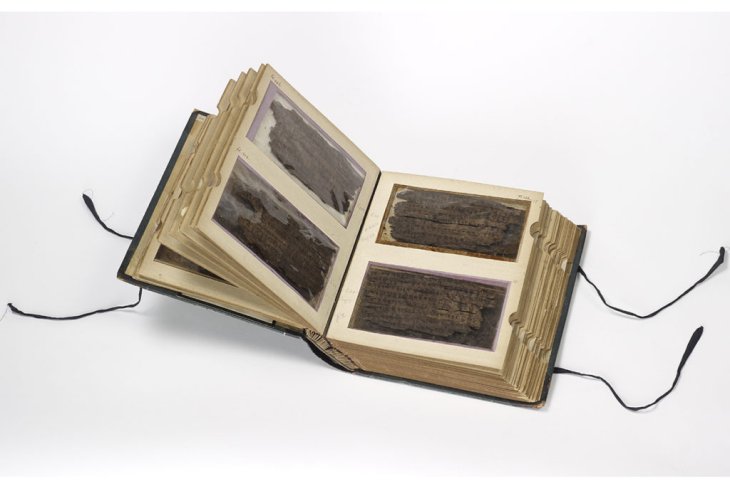
There are different ancient cultures that used zero as a placeholder, like the ancient Babylonians and Mayans. But only the dot used by the Indians would become a true number in its own right. This was later described by Brahmagupta, an Indian mathematician and astronomer, in 628 AD.
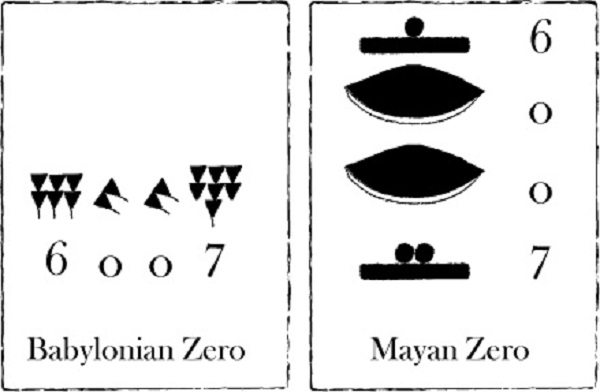
The concept of using zero was first banned as heresy. However, it was later allowed to develop theories about calculus which are now applied in different fields of science, and has become a major foundation for the digital age.
du Sautoy continued:

Calculating the exact history of the manuscript is extremely challenging since the pages came from different dates. The youngest and the oldest pages had a time distance of up to 500 years. And according to du Sautoy, the archeologists are still trying to figure out in what way people from the ancient times could collect these birch bark leaves.
Featured Stories

Features - Jul 01, 2025
What Are The Fastest Passenger Vehicles Ever Created?

Features - Jun 25, 2025
Japan Hydrogen Breakthrough: Scientists Crack the Clean Energy Code with...

ICT News - Jun 25, 2025
AI Intimidation Tactics: CEOs Turn Flawed Technology Into Employee Fear Machine

Review - Jun 25, 2025
Windows 11 Problems: Is Microsoft's "Best" OS Actually Getting Worse?

Features - Jun 22, 2025
Telegram Founder Pavel Durov Plans to Split $14 Billion Fortune Among 106 Children

ICT News - Jun 22, 2025
Neuralink Telepathy Chip Enables Quadriplegic Rob Greiner to Control Games with...

Features - Jun 21, 2025
This Over $100 Bottle Has Nothing But Fresh Air Inside

Features - Jun 18, 2025
Best Mobile VPN Apps for Gaming 2025: Complete Guide

Features - Jun 18, 2025
A Math Formula Tells Us How Long Everything Will Live

Features - Jun 16, 2025
Comments
Sort by Newest | Popular